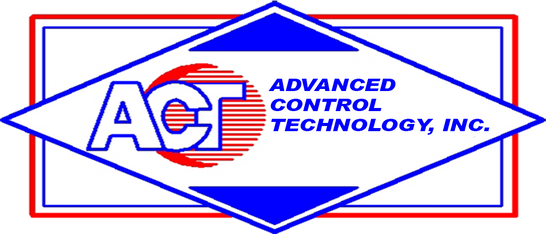What Sensor Detects Liquid Levels?

Various sensors detect liquid levels, with float-level sensors being one of the most prevalent. These sensors are essential in industries for monitoring and maintaining appropriate fluid levels in tanks and containers.
Types of Liquid-Level Sensors
- Float Level Sensors
Float level sensors, or float switches, use a float mechanism that rises and falls with the liquid level. These sensors are widely used due to their reliability and simplicity. They use permanent magnets mounted in a float that moves along a stem containing reed switches. When the float changes position, the magnetic field activates or deactivates the reed switches, providing an accurate liquid-level reading.
Applications: Float-level sensors are employed in oil/water separation, food and beverage processing, biopharmaceutical manufacturing, and commercial dishwashers. Custom designs are available for drums, liquid containers, and intermediate bulk containers (IBCs).
Advantages: High reliability, simple design, robust construction, and cost-effectiveness.
Disadvantages: Limited precision compared to more advanced sensors and potential for mechanical wear over time.

- Capacitive Level Sensors
Capacitive level sensors detect the liquid level by measuring changes in capacitance caused by the liquid's dielectric properties. These sensors are excellent for detecting both conductive and non-conductive liquids and are commonly used in applications where non-contact measurement is preferable.
Applications: Used in chemical processing, pharmaceuticals, and food and beverage industries where non-invasive measurement is crucial.
Advantages: Versatile for various liquids, non-contact measurement, and high sensitivity.
Disadvantages: More complex and expensive than float sensors, and performance can be affected by changes in liquid properties.
- Ultrasonic Level Sensors
Ultrasonic sensors measure the liquid level by emitting ultrasonic waves and measuring the time it takes for the echo to return. This non-contact method is ideal for applications where the liquid is corrosive or where hygiene is paramount.
Applications: Common in wastewater treatment, chemical storage, and food processing industries.
Advantages: Non-contact measurement, suitable for various liquid types, and unaffected by the liquid's dielectric properties.
Disadvantages: Higher cost and potential for interference from foam, turbulence, or vapors.

- Radar Level Sensors
Radar sensors operate by emitting microwave radar signals and measuring the time it takes for the signals to reflect back from the liquid's surface. This technology is highly accurate and reliable, even in harsh conditions.
Applications: Used in industries such as oil and gas, chemical processing, and water treatment.
Advantages: High accuracy, unaffected by temperature, pressure, or vapor, and suitable for various applications.
Disadvantages: Higher cost and complex installation compared to other sensor types.
- Conductive Level Sensors
Conductive level sensors measure the liquid level by detecting changes in electrical conductivity. They are typically used with conductive liquids and can be highly accurate.
Applications: Ideal for water treatment, chemical processing, and any application involving conductive liquids.
Advantages: High accuracy, simple design, and cost-effective for conductive liquids.
Disadvantages: Limited to conductive liquids and potential for electrode fouling.
Accuracy and Precision of Liquid Level Sensors
The accuracy and precision of liquid-level sensors directly impact their application. Float level sensors, for instance, offer a switch point accuracy of ±1/8 inch, making them suitable for applications where high precision is not critical. In contrast, radar and ultrasonic sensors provide highly accurate measurements, essential for industries requiring precise level control, such as pharmaceuticals and chemical processing.
Capacitive sensors also offer high sensitivity and precision, which is especially beneficial in non-contact applications. Conductive sensors, while accurate for conductive liquids, may face challenges with non-conductive fluids.
Conclusion
Choosing the right liquid level sensor hinges on understanding the application's specific requirements, the type of liquid being measured, and the desired accuracy and precision. Float-level sensors remain popular for their reliability and cost-effectiveness, while advanced technologies like radar and ultrasonic sensors offer superior accuracy for demanding applications. By considering these factors, industries can ensure optimal liquid level monitoring and control, maintaining efficiency and safety in their operations.

Disclaimer: This article describes installation and integration of industrial-grade sensors in hydraulic systems. These tasks should only be carried out by trained and qualified personnel in accordance with applicable safety standards and equipment specifications.
